
To the place where "good design" was created
Good design, excellent design, design that opens up the future, ideas that move people's hearts, and actions that lead society always have small beginnings.
Interviews with designers at the birthplaces of good design to find hints for the next design.
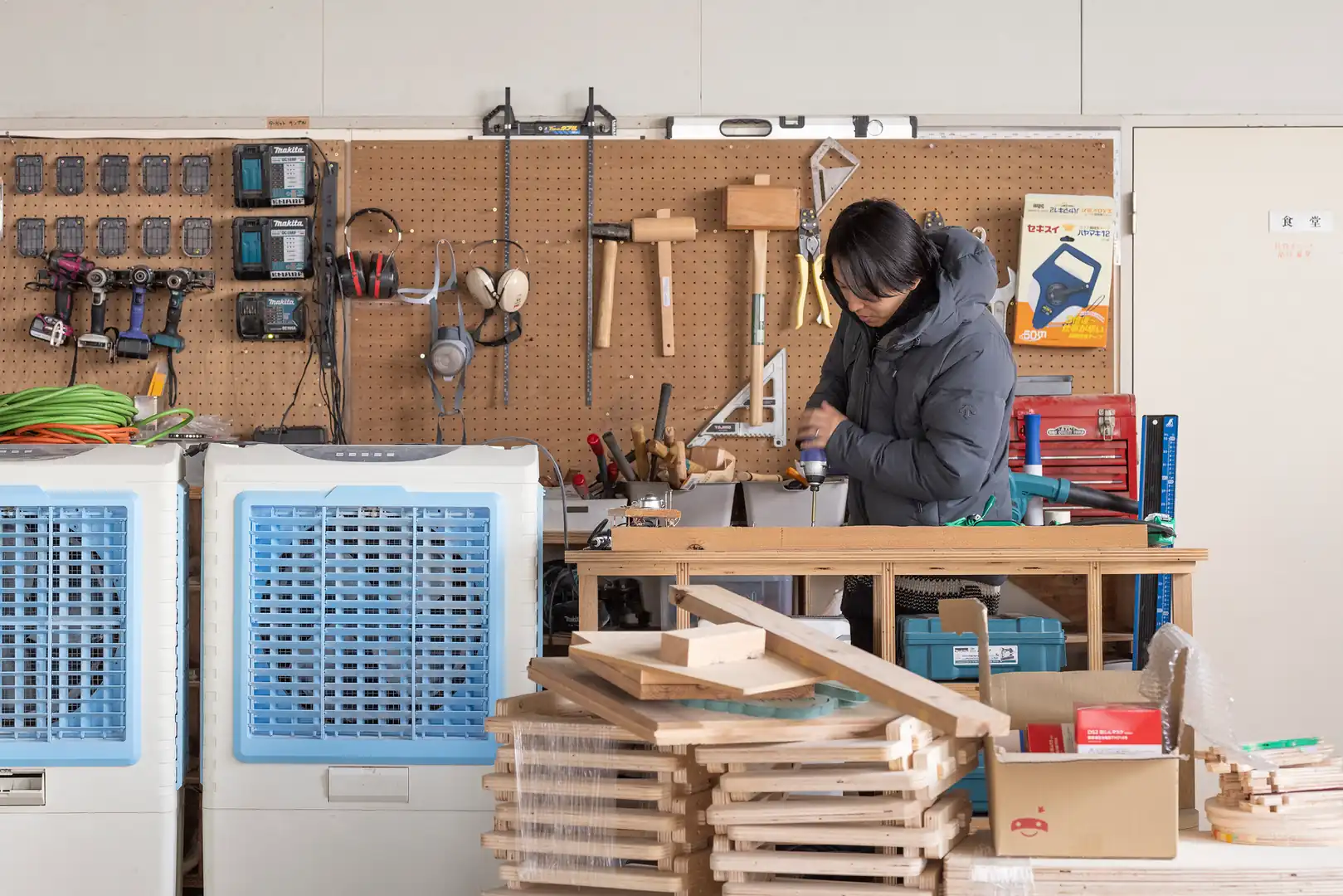
Destination
VUILD, inc.
Transforming the World of Architecture through Digital Fabrication (Part 2)
2025.03.25
Digital fabrication draws fully upon digital technologies to make innovative creations. The architectural group VUILD was selected for a GOOD DESIGN GOLD AWARD in 2020 for its House for Marebito, constructed by meticulously cutting wood using digital fabrication and assembling the pieces like a plastic model kit. The group’s founder, Koki Akiyoshi, is pursuing the democratization of architecture and continues to boldly implement this principle in order to bring about a society in which anyone can become a maker. This is also an innovation that seeks to change society.
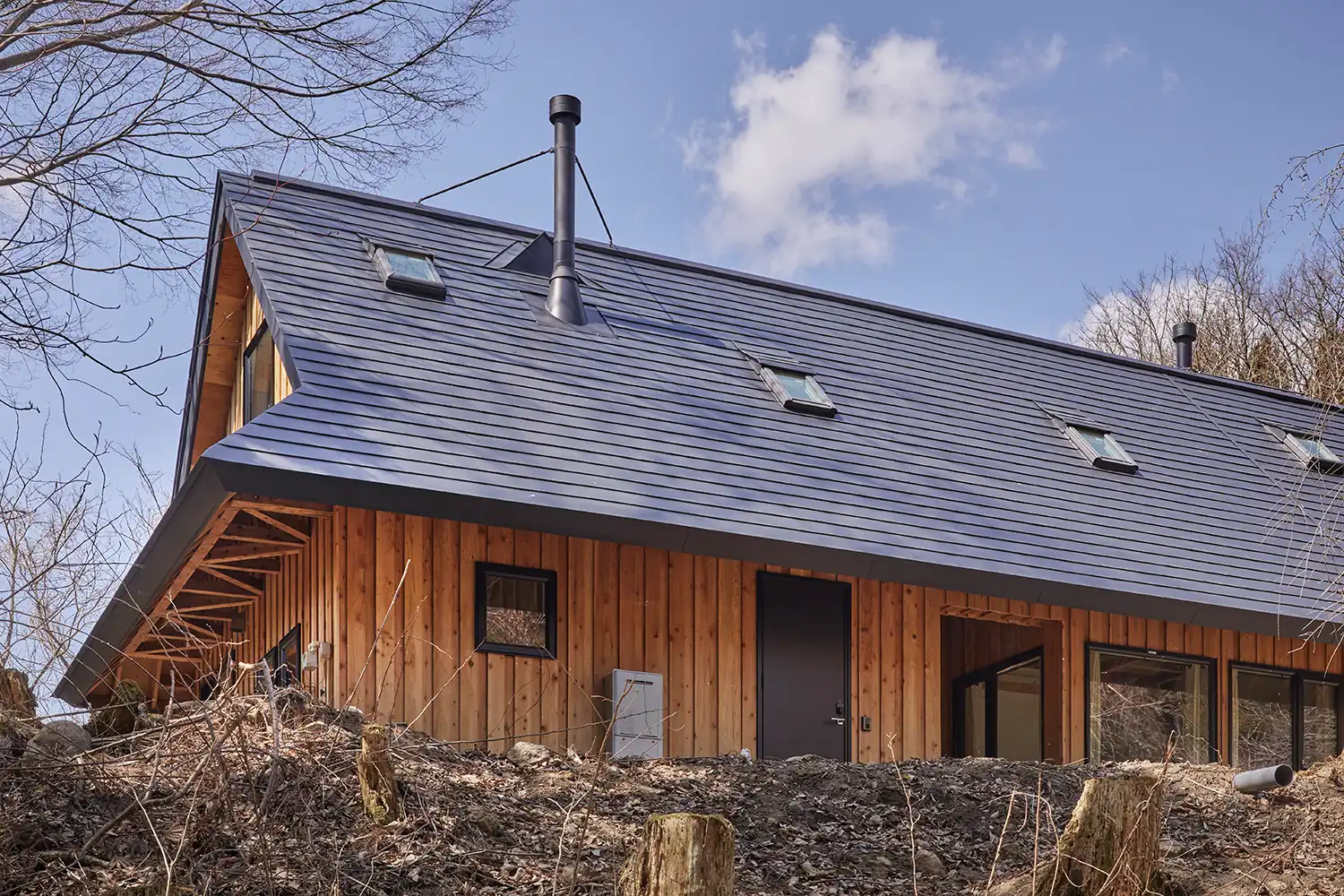
Designing homes starting with the financial scheme used to build them
– In Part 1, we asked you about some actual examples of work using the ShopBot router and the EMARF manufacturing tool. In 2021, you went on to launch a home building service called NESTING (meaning a technique for laying out cutting patterns to obtain parts effectively).
Moriyama Village was built using a digital fabrication platform that allows anyone to create the home of their choice anywhere.
Koki Akiyoshi (President and CEO, VUILD) Like House for Marebito, this housing complex uses cedar from the forest within a 30 km radius around the village to complete the entire process from logging, sawing, and processing to assembly within the local community.
– It is made up of five private houses, and is called a “village” because you started by building the village, didn’t you? How is it different from previous cooperative houses?
Akiyoshi An increasing number of people working in cities are planning second homes because they want to have a second base in an environment closer to nature. However, there are also a growing number of moves to plan new villages with friends and acquaintances because it is too big a task for one person.
At first, the owners envisioned a plan which gathered together five families on a large plot of land as a cooperative house. With a cooperative house, each person gets a mortgage and they divide the ownership of the building. However, if you already have a mortgage on your first home, the obstacles to getting a second home loan are considerable.
In this project, then, we proposed that the five households set up one limited liability company (LLC) and that the construction costs be financed by investments from the five households and funds borrowed from local financial institutions by the LLC. The result was a financial scheme in which the LLC owned the land and buildings, and loans were tied to the community rather than individuals.
You each own a portion of the communal property, and your share of the LLC is set flexibly and can be passed on to others, making it a community into which people can come and go. You can also make money by renting out vacant rooms as accommodation. It has become easier to make owning a second home a reality.
“How Moriyama Village Was Built” Moriyama Village is an apartment complex that reinterprets a traditional Akita house, putting into practice a new model of coexistence in rural mountainous areas.
– In the conventional set-up, people who own places are thrown together, and the maintenance and management of shared areas other than their own places tend to be perfunctory. The management of vacation homes is a nuisance, so we are told, and so they risk eventually losing their initiative. By making it into a community, the whole becomes easier to manage and run, doesn’t it?
Akiyoshi Changing the ownership scheme will probably make it more straightforward to have multiple bases. Currently, there are already services that allow you to use a particular place at any time if you pay a subscription fee, but this does not give you much of a sense of belonging; it tends to make you feel like a consumer, just using accommodation at the fixed rate.
By making it an LLC instead, you can make it into something between ownership and sharing. In this way, you will be able to take part in the productive activity of creating your own place. Also, by going there and taking action, you can contribute to the community and interact with different kinds of people.
– It is easier to get started because it reduces the individual burden, plus people are able to feel that the community is their place.
Akiyoshi If you have 5 million in funds, for example, you can invest 1 million each in five locations and have places there. That way, you get five more places to which you feel a sense of belonging at a single stroke.
By investing or owning even a little, we commit ourselves to the local community. If the number of people actively involved in relationships with their local communities goes on growing, the world will probably become more interesting.
Changing population dynamics
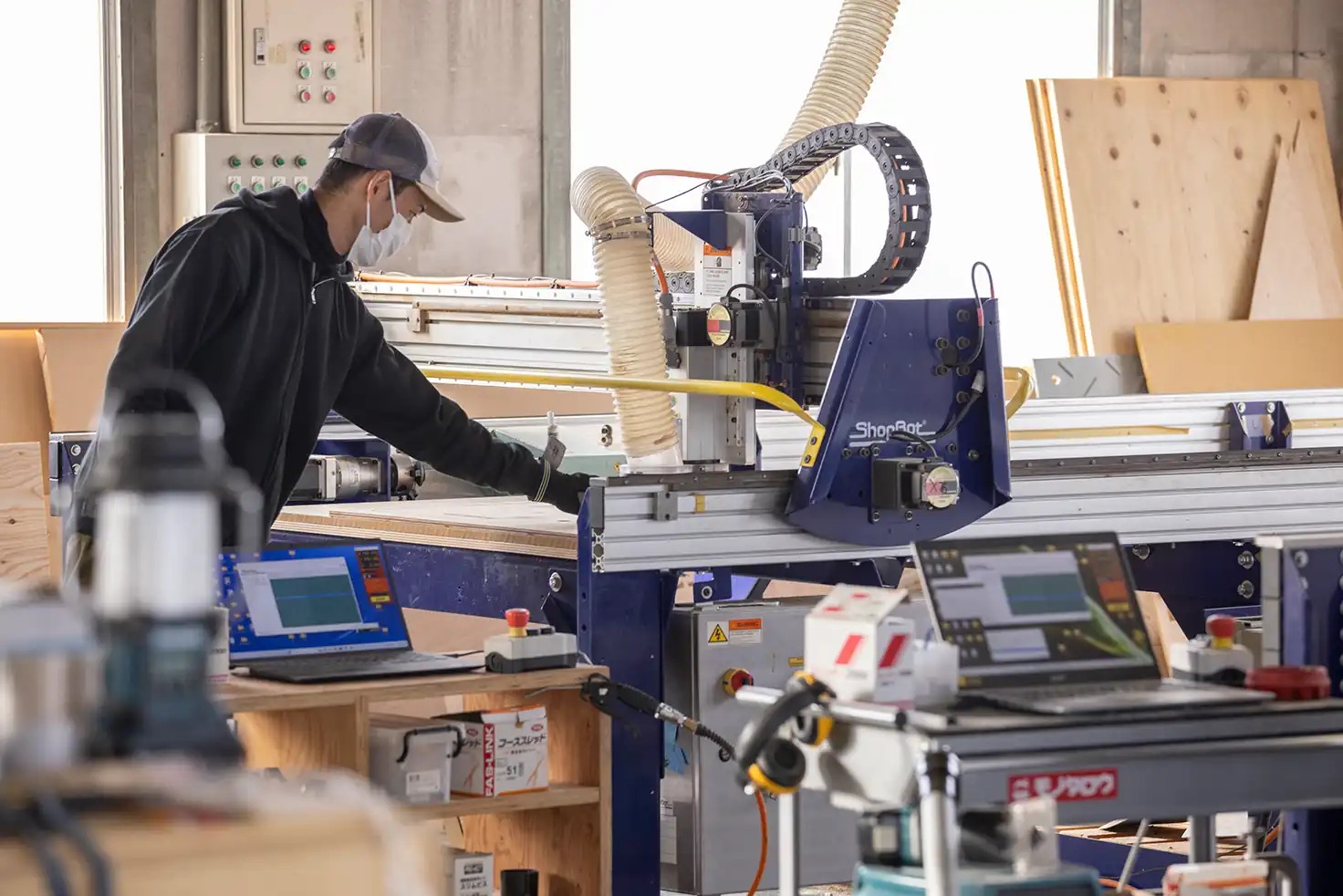
Akiyoshi As people put down roots in more and more places other than cities, I believe that the population dynamics of the world will change and the relationship between cities and rural areas will also change. Together with the owners of Moriyama Village, we created an invention which conceals this enormous potential.
– It certainly sounds like an idea that could be a catalyst for regional revitalization. By the way, how do you keep on finding these seeds of potential?
Akiyoshi Because that is the job of creators and designers (laughs). But ideas alone are not worth anything, or perhaps I should say that the ideas themselves are not what is important. With so many of these ideas, you think “I had thought of that, too.” People sometimes say “That is what someone or other said before; there is nothing particularly new there” about our work.
What matters is the gap between whether you put it into action or not. What is far more important is how you shape the idea and how you put it into practice. Until you get to the point where you take action, shape it, and roll it out, the idea or concept is completely meaningless. I think that the outcome is what is important.
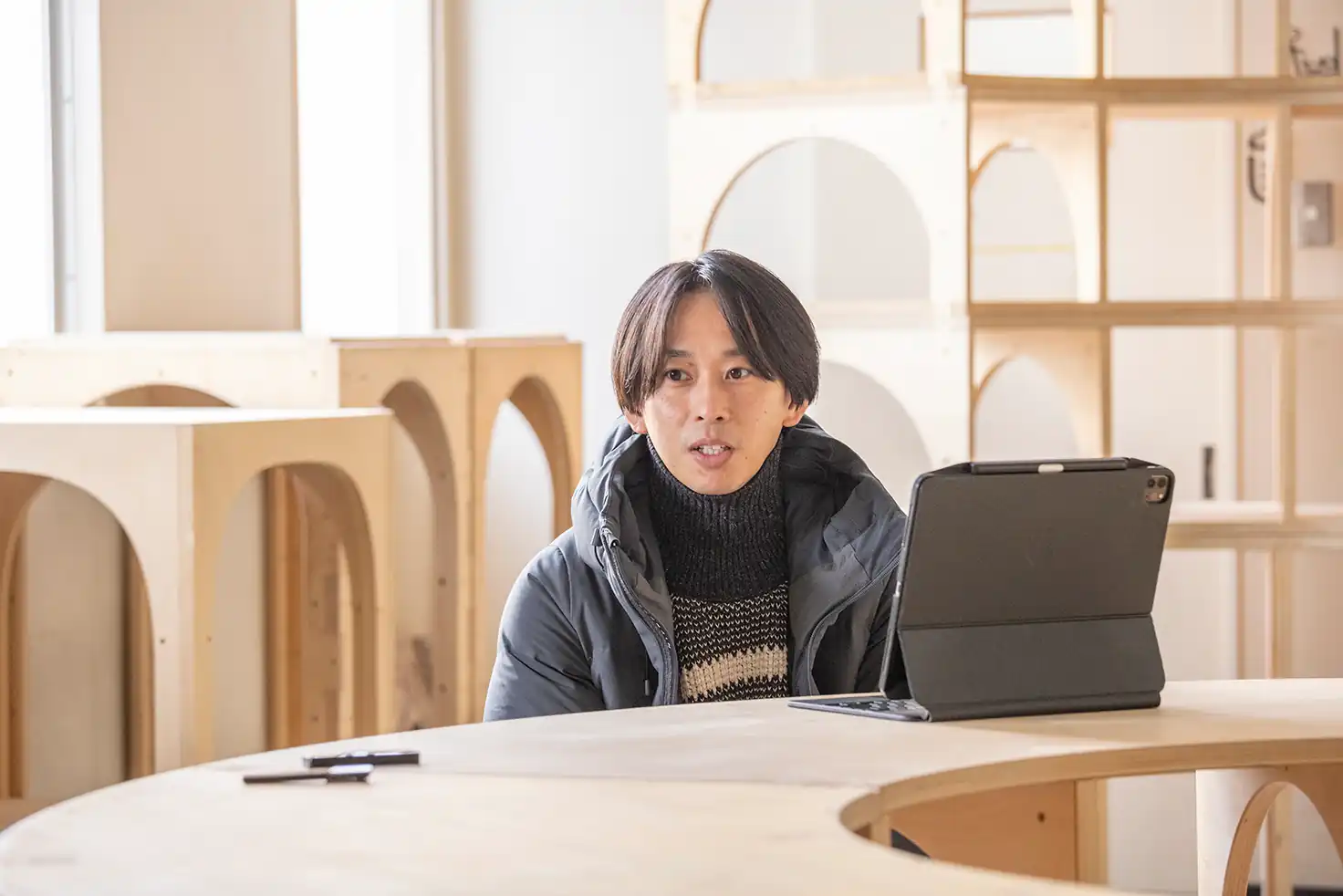
Akiyoshi This is a train of thought that can be expanded even further. Local governments should think of themselves as companies and jointly operate the libraries and welfare facilities which come to be needed, based on the same kind of idea. At the moment, the people who win elections decide to build facilities with taxes before we know it.
Instead of this, the company to which we have committed ourselves and which we created owns things in common, and we share our opinions and make decisions. I believe that the world will change in an interesting direction if there are more actors filled with such small-scale awareness of reality.
I want to change the world for the better through manufacturing
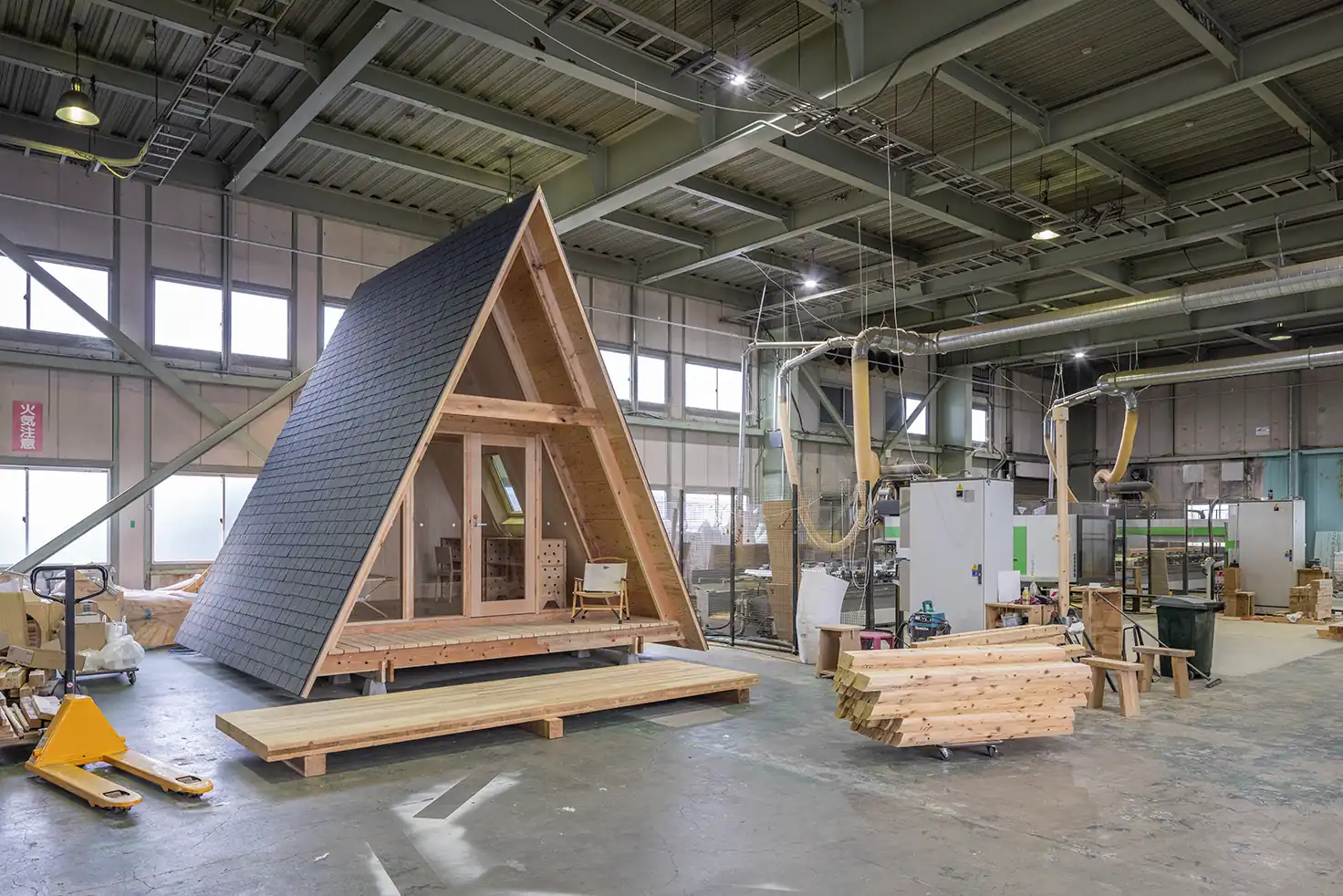
– What kind of society do you envision?
Akiyoshi VUILD’s vision is to move towards a society that revolves around “living” and “building.” Just like with meals, going out to eat delicious food is great, but cooking and eating with your family and friends is something special, and that is what makes it worthwhile. It is fun, and you make connections.
Making things allows you to feel that you want to go on living. And as you live, you develop the desire to make more things. We hope for the arrival of a positive society in which this kind of cycle repeats.
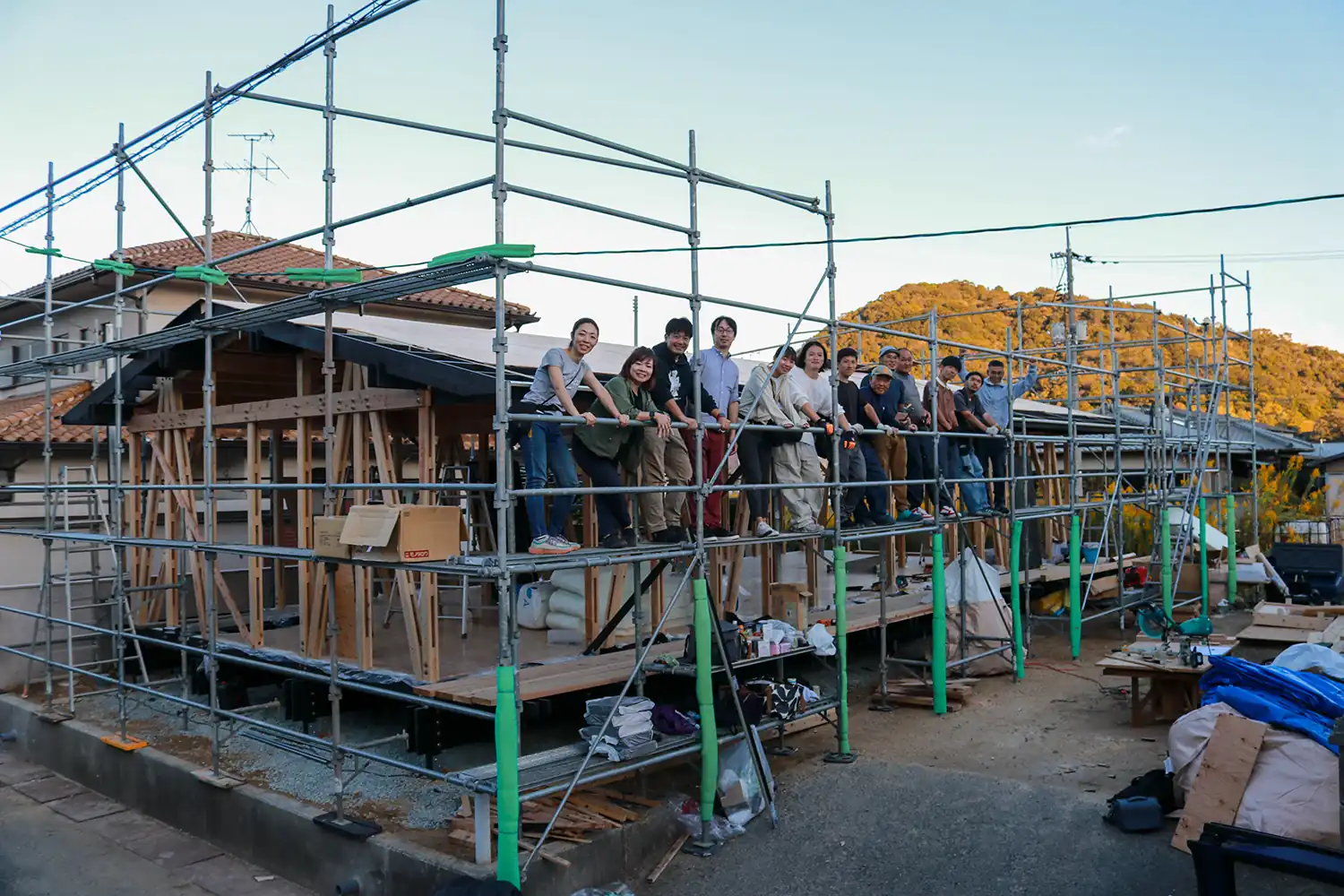
Akiyoshi Today’s world is full of problems, with no hope in sight. The economy is stagnating, and the focus is always on bad news. However, we enjoy the times when we are making something, and while we are absorbed in something that gives us a kind of reason to live, we can pass the time in such a fulfilling way that this gloomy society hardly bothers us.
I believe that if our activities take a firm hold in the world, it will simply become more enjoyable and brighter.
– That is why you are releasing tools and know-how that enable anyone to build, isn’t it? Thinking about this from the standpoint of a creator, I feel that it is barely possible.
Akiyoshi Creators tend to be inward-looking, don’t they? In particular, design was something closed a little while ago, but we are not in that era any more. Many of the designers who apply to the GOOD DESIGN AWARDS are also involved with social activities. How to create relationships with others or contact points with society, how to have a positive impact on society. I think we are in an age where every designer is thinking about these things.
I want to change the world for the better through manufacturing, and as a designer, I want to do a proper job of designing this kind of positive society.
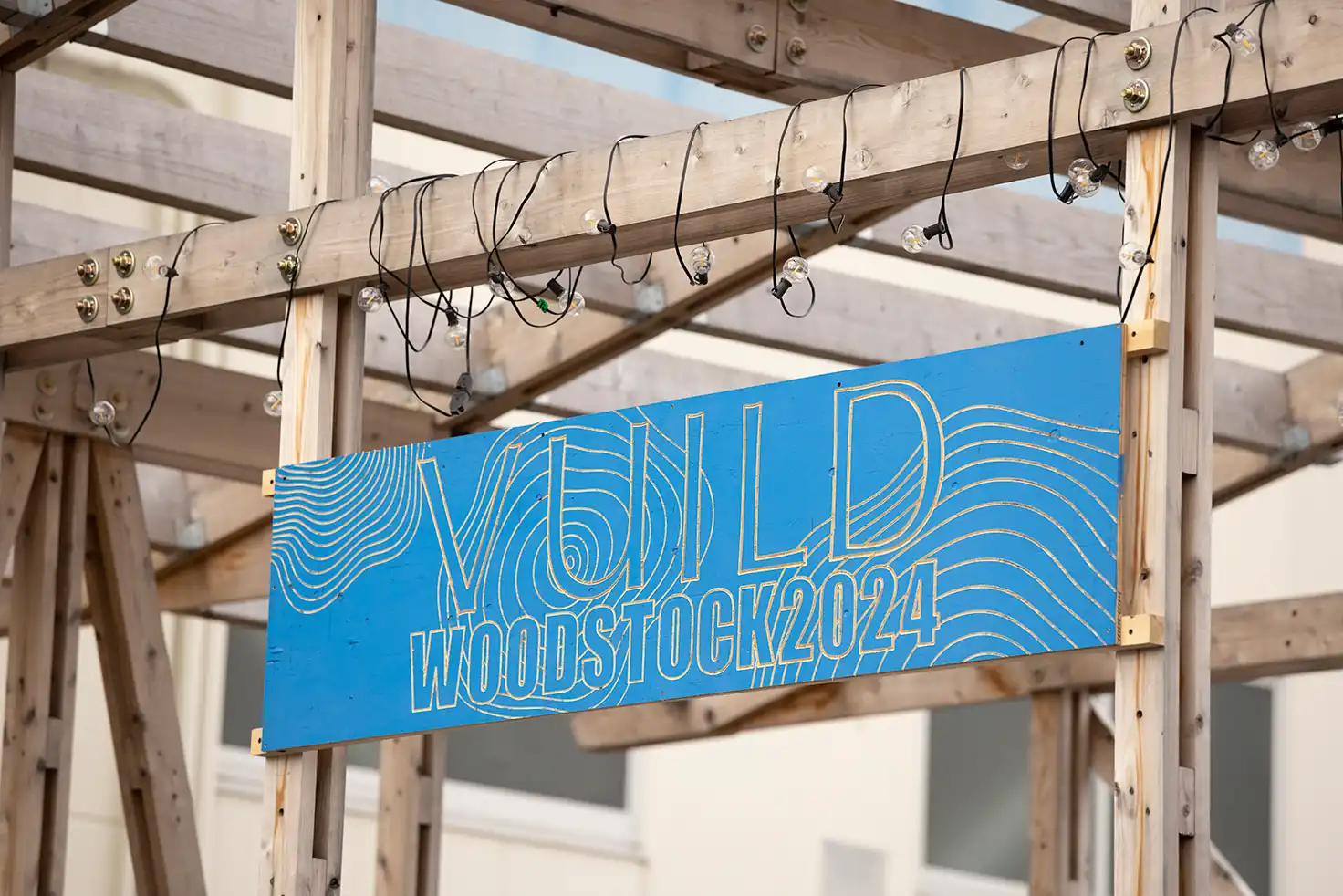
– I also sense many possibilities arising from one idea. If the effective utilization of wood with ShopBot, which we discussed in Part 1, eventually spreads, people will start to intervene in the forest, which is currently growing wild, and it may be revitalized. The natural environment will also change for the better.
Akiyoshi Improvements in the global environment and human society are connected. If humanity recovers the ability to make things, not only will people’s minds become healthy, but the natural environment will also become healthy.
The ability to enter into dialog with the global environment
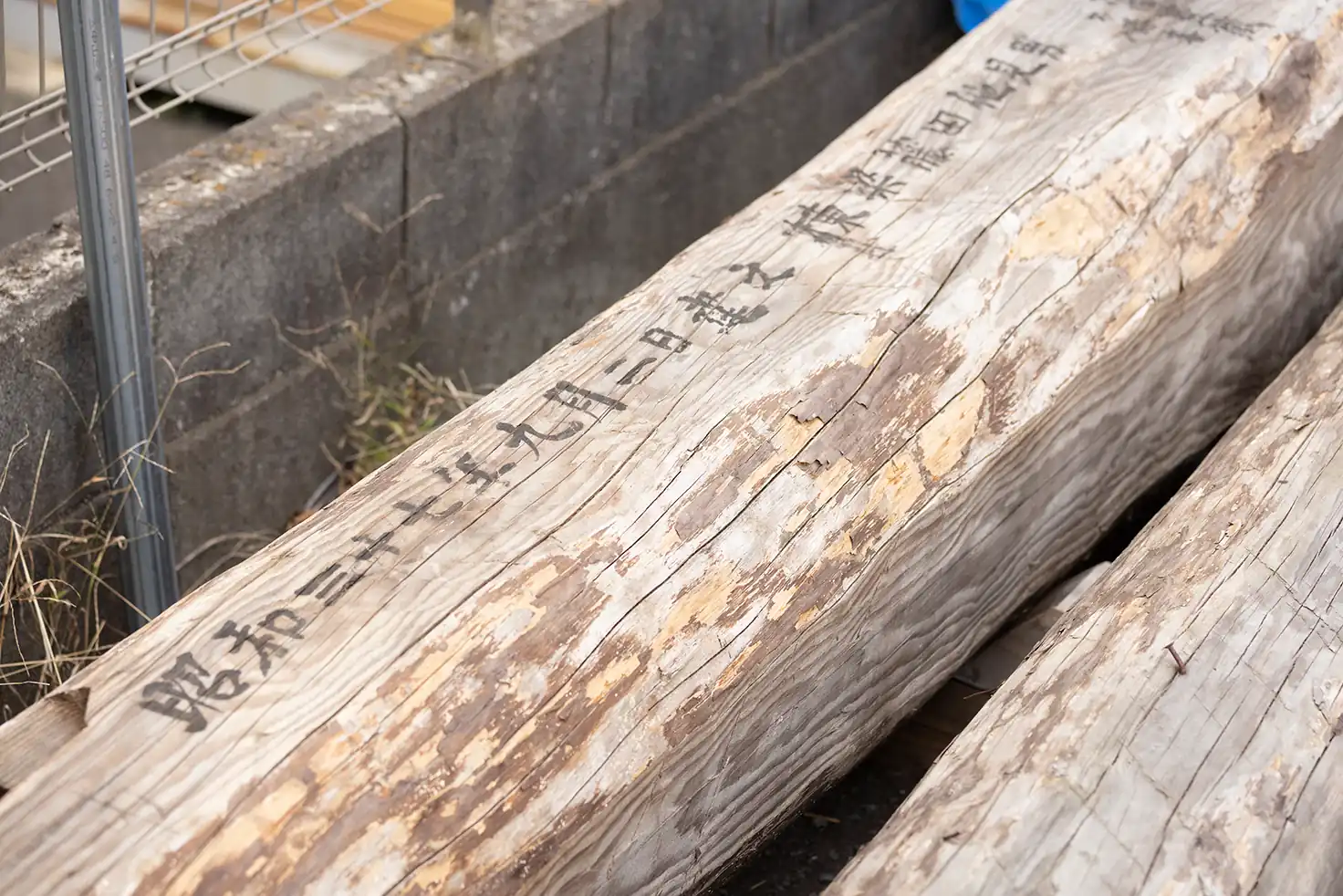
– People in ancient times built their own huts (self-building). The VUILD proposal enables us to reclaim our inherent ability to create, doesn’t it?
Akiyoshi Yes, we need to recover our humanity (what makes us human). Being able to make things for oneself means having the ability to enter into dialog with nature. People in the past originally had the ability to deal with nature. That was lost, and our distance from nature became greater.
By recovering our humanity, we will increase our ability to enter into dialog with the global environment, and as a result, the global environment will get better. By first regenerating humanity’s productive power, community connections and, at the same time, the global environment will regenerate. If you use a sweeping subject like “the global environment,” it does not feel real. I think it is important to make humanity the subject when we talk about the earth.
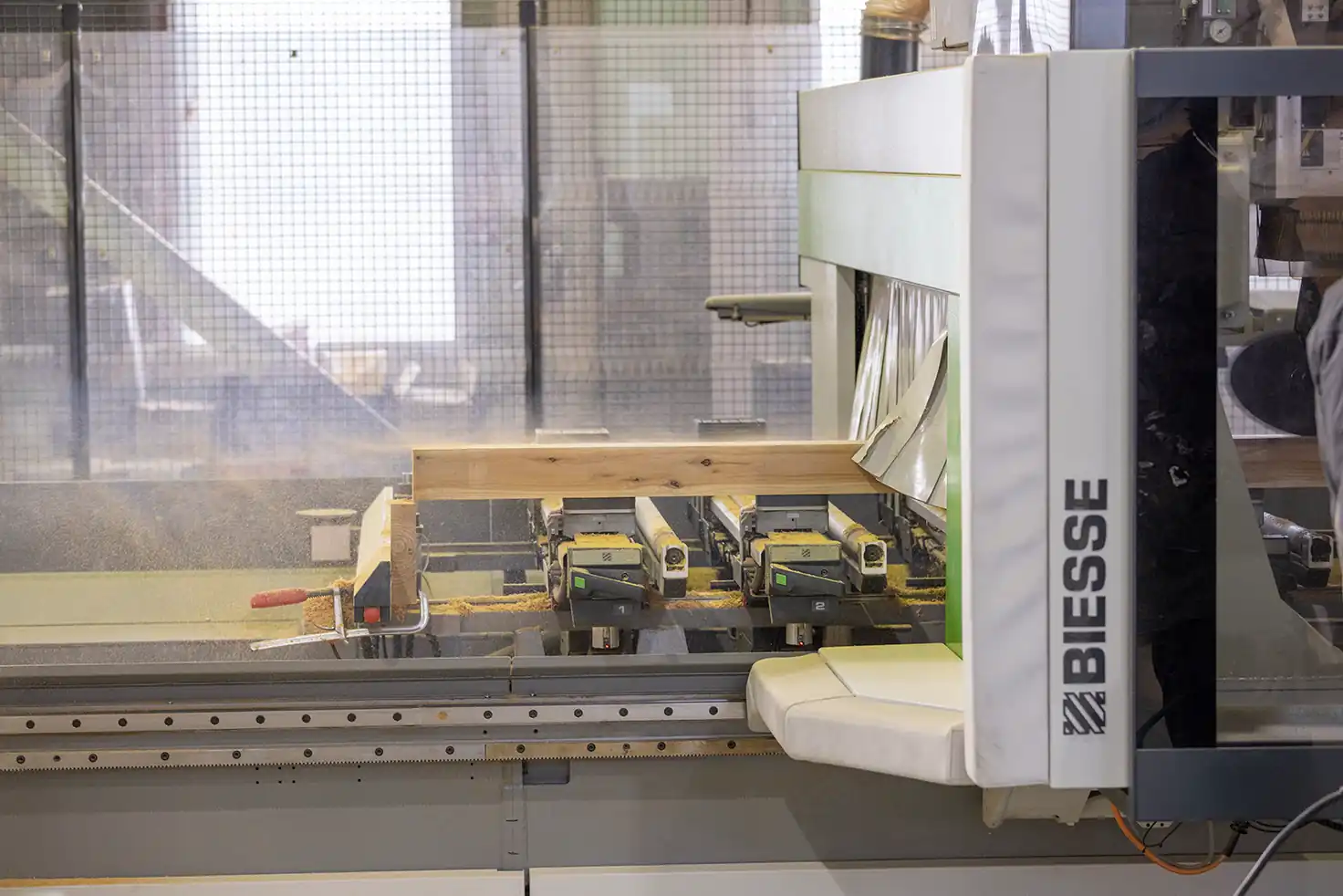
– NESTING is one of those points of contact, isn’t it? You created a platform as a manager, and as an architect, you carry out your practice using the platform. Such architects are probably a rarity.
Akiyoshi No, an architect is essentially a person who has designed a wide range of things, a businessman, an entrepreneur, a person who takes on challenges, and an adventurer. In modern times, the definition of an architect has been trivialized, but the original architect did everything from raising funds to build a cathedral and creating the machinery needed to build the building to making sundials and rulers to use as tools, at the same time as deciding how to assign people and by what process to carry out the building. I am no different from those classic architects.
In every project, I start from the planning stage, and at the same time I design the vision and roadmap of where and what to build, how to raise funds, what kind of project to make, and how to involve people.
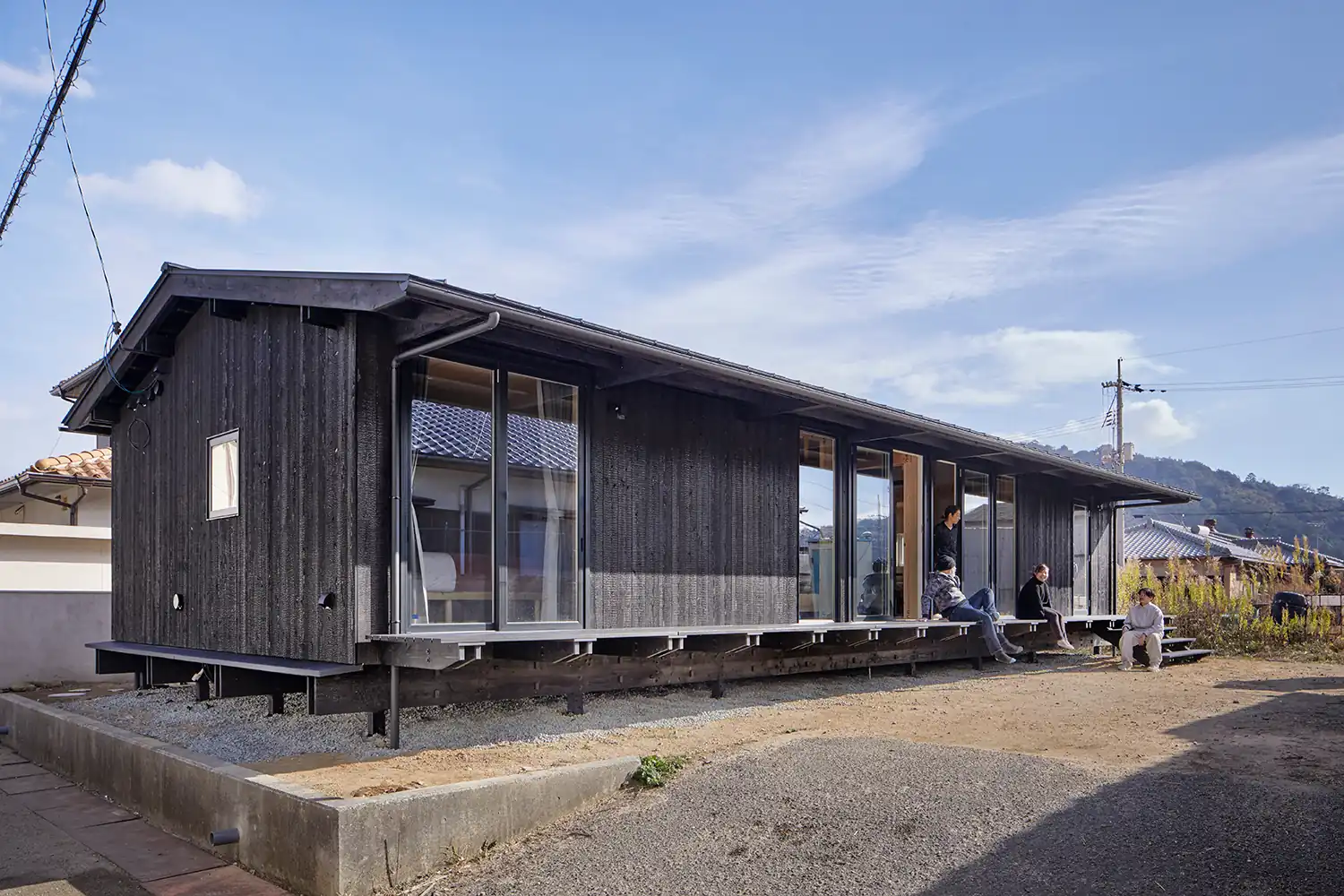
– OK, I would like to ask about the GOOD DESIGN AWARDS. As well as Moriyama Village, which we talked about earlier, Niyodo River Stud House and NESTING Naoshima were selected for GOOD DESIGN AWARDS in 2024. Please tell us why you applied.
Akiyoshi I actually served as a judge the year before last, but since it is difficult to apply for an award while bearing the responsibility of a judge, I chose to become an applicant and resigned from my role. The reason why I wanted to apply is because for the clients and the project members with whom I work, these awards are feedback from the society, giving them a boost.
“Let’s get this to a point where we can apply for a GOOD DESIGN AWARD” is also an easily-understandable goal.
Changing the world of architecture
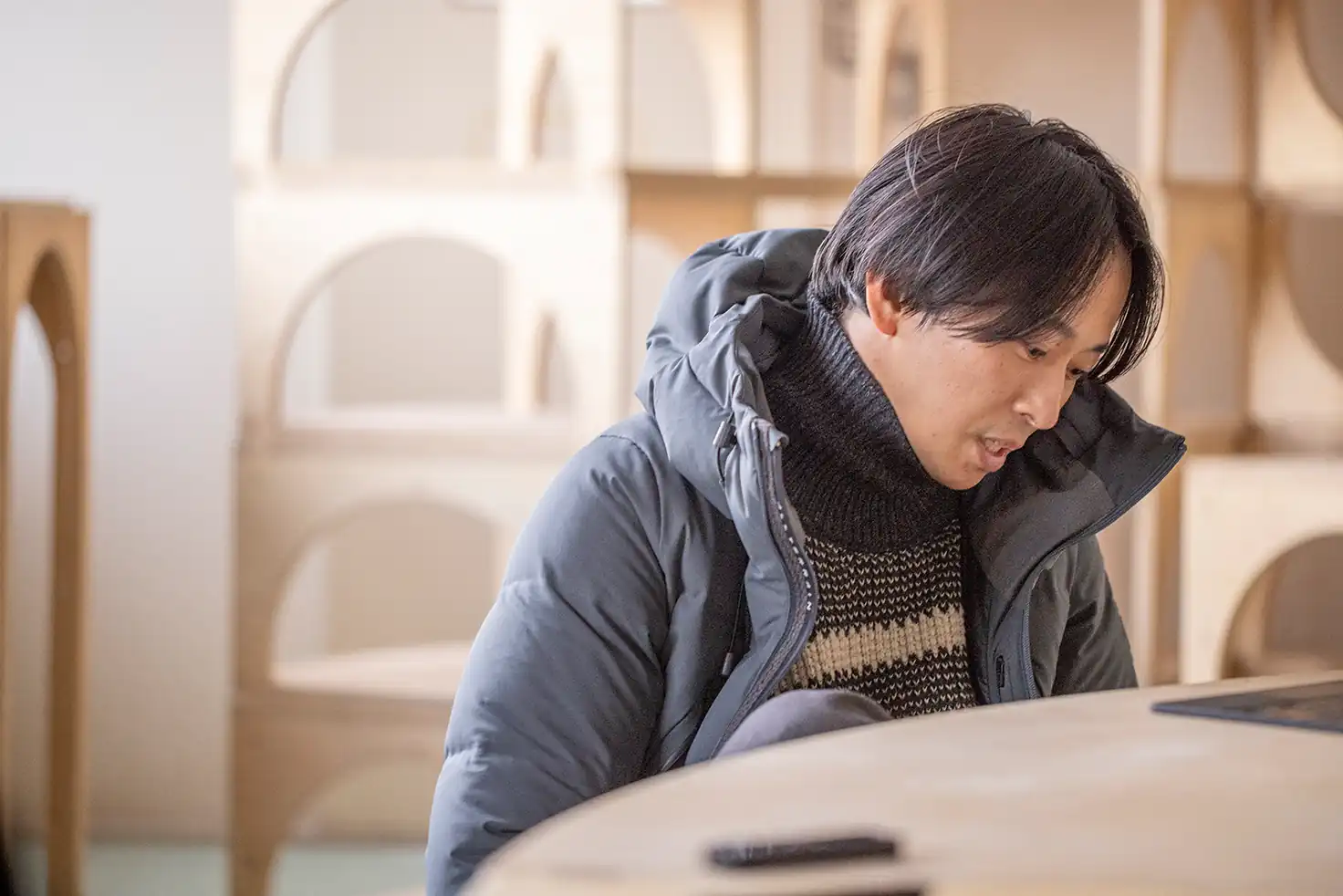
– Born in 1988, you were the youngest judge at the time. In the world of architecture, even people in their 50s are described as young, so you are exceptional.
Akiyoshi I don’t think of myself as having that kind of talent, and I think there are many even more talented people out there, but they are often not working independently as designers. In my generation, there are many people who enter other industries after studying architecture, or who carry out design activities within organizations.
At universities too, unfortunately, fewer and fewer students are saying that they want to be independent architects or designers. I think that means that there is no longer a good fit between young people and the values of the worlds of architecture and design. Our world is not one in which brilliant people want to make a living in design or architecture. In short, they have no dreams.
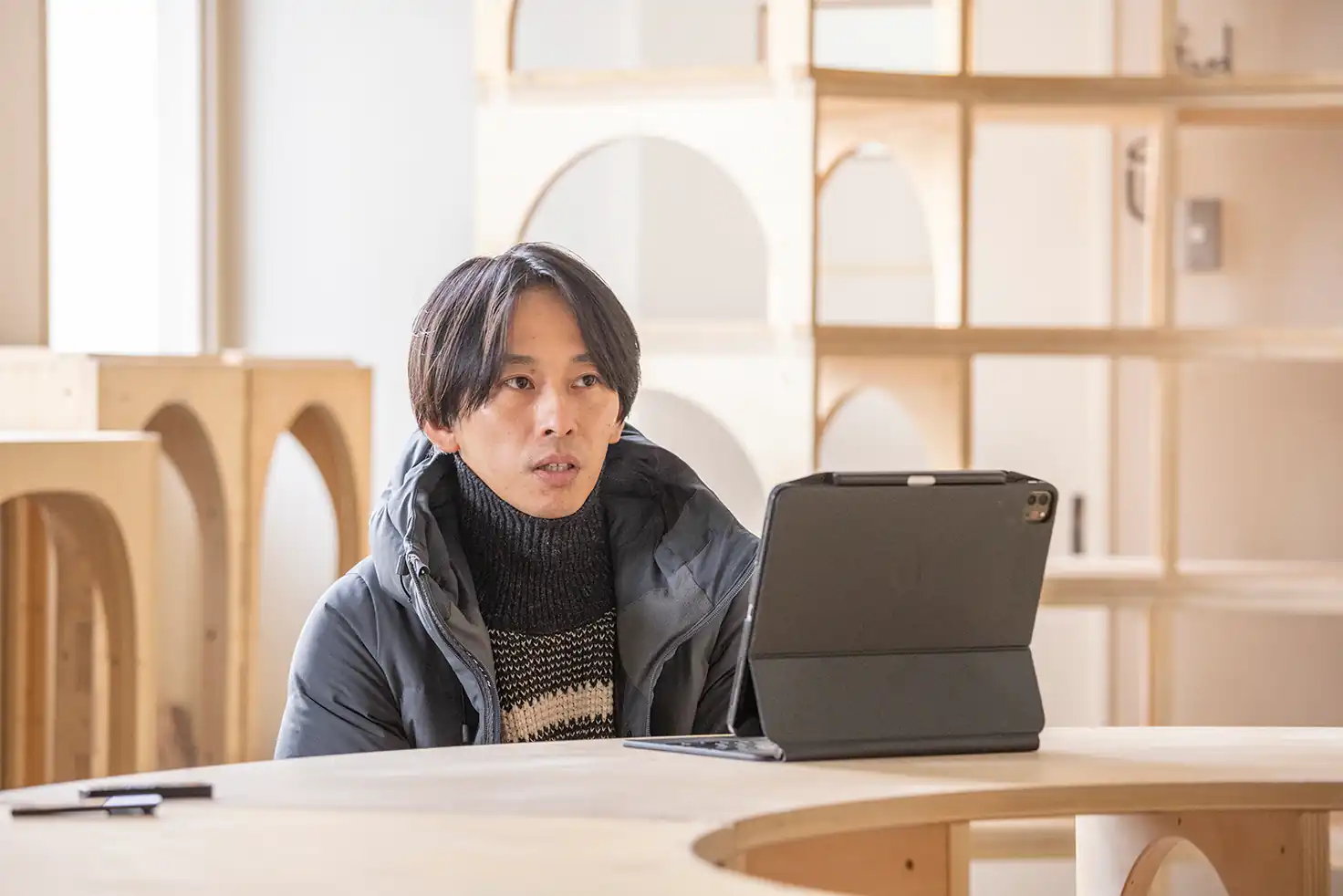
Akiyoshi In the startup world, people in their late 30s are not young, but mid-career, and when they reach their 50s, they often shift to the position of investors in order to support young people. This is because if we do not recruit young, energetic people or people with momentum and new ideas, our values will become fixed and the industry will stagnate.
There is a good culture in the entrepreneurial world of giving young people opportunities and investing in them. I think it is because we are also indebted to the older generation for their investment in the same way.
The architecture and design industries have not done this. I feel that we are paying for this in the last 10 to 20 years. At this rate, design culture will dwindle away.
– By democratizing the act of making things, VUILD is trying to let some daylight into the worlds of architecture and design.
Akiyoshi In the world of architecture, various architects have risen up so far and their talents have blossomed like stars. Especially after the war, an era when Japan was competitive, there were many ambitious and talented people.
Now, however, the cultural capacity to accept ambitious people has been severely eroded, and few people are willing to become a counterculture and change this. From the perspective of the people who led the way in the postwar era, it may feel as though the younger generation lacks something.
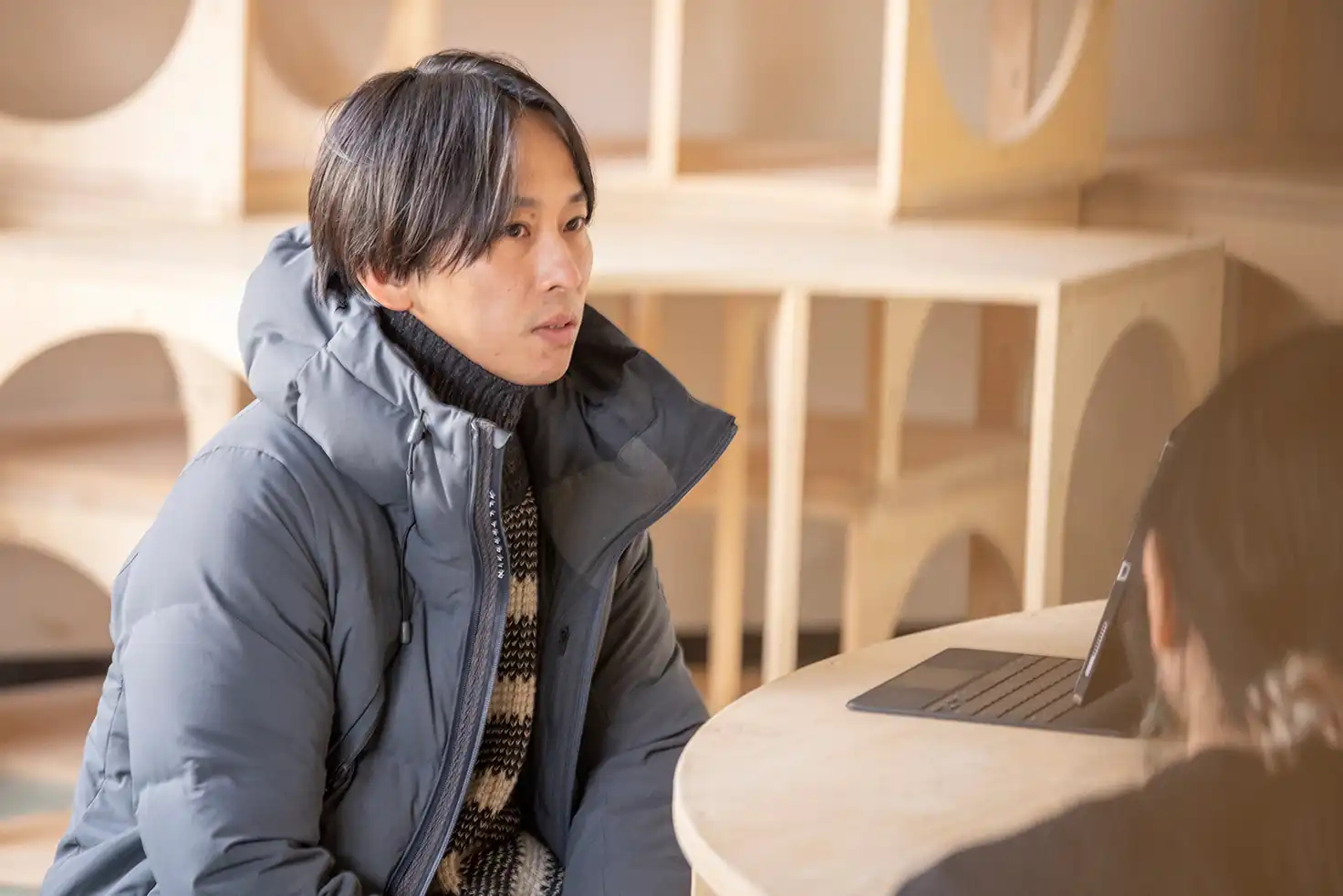
Akiyoshi Actually, we are still no more than outsiders. We have seen time and again in history that if someone is recognized as part of an epigone, they will not go down in legitimate architectural history.
But if you can produce something that makes a name for itself in mainstream architectural history, you are no longer an outsider. I think the paradigm will be reversed when we reach the point of producing something that everyone has to recognize as an architectural work. I want to say that I was able to create good works at that time because I had built an environment in which to come up with good works as a platform creator.
While changing society as a whole as an entrepreneur, I strike a blow to society as a creator. As an entrepreneur and architect, I believe my greatest mission is to bring about social transformation through both pinpointed and broad actions.
– You are trying to break down the walls of the current world of architecture, aren’t you? You have made it very clear that in order for Japanese society to change, small transformations are first needed. These spread, and an innovation occurs. I sense potential. Thank you very much for talking to us today.
Moriyama Village
VUILD, inc.
The residence evolved out of a project by VUILD, which advocates self-building through digital fabrication, utilizing local wood, and was designed by the architect from the financial scheme onwards. The owners and local people worked together to build the house, and by the time the house was built, the community had already formed. It is also an effort to put into practice a new model of coexistence with rural mountainous areas.
- Award details
- Award details 2024 GOOD DESIGN BEST 100 https://www.g-mark.org/en/gallery/winners/25814
- Producer
- Shunsuke Ushida, Moriyama Village LLC
- Director
- Koki Akiyoshi, VUILD inc.
- Designer
- Koki Akiyoshi, Hiroyuki Nakazawa, Takuji Uragami, VUILD + Ippei Ibarada, DN-Archi + Tomonori Makita, henrik-innovation + Yasuhiro Sato, MOLX + Ushida + Urushibata + Terada + Sato + Shoji
NESTING Naoshima
VUILD, inc.
NESTING is a platform in which the owner assumes responsibility for design and construction. The process of design and estimates, which has tended to be opaque, is opened up, and the owner can construct a base with his own hands, using the plan he/she devised, in the place where he/she wants it. The parts and components are miniaturized, the building methods are simplified, without requiring heavy machinery, and the foundation is single-tube piles driven into the ground, so construction is easy even for amateurs. Not only is it low-carbon, it is also easy to relocate.
- Award details
- Award details 2024 GOOD DESIGN AWARD https://www.g-mark.org/en/gallery/winners/24690
- Producer
- Koki Akiyoshi, Yuki Mori, VUILD, inc.
- Director
- Koki Akiyoshi, VUILD, inc.
- Designer
- Koki Akiyoshi, Toshiki Nishimura, Shinji Noda, Takuji Uragami, VUILD, inc. (Design) + Yasuhiro Kaneda, yasuhirokaneda STRUCTURE (Structure)
Tomoko Ishiguro
Editor/writer
After working in the editorial department of “AXIS,” she became a freelancer. She writes, edits, and plans, with a focus on design and life culture. Her major editorial works include LIXIL BOOKLET series (book, LIXIL Publishing) and “Oishisa no Kagaku” (magazine, NTS Publishing).
Kenji Masunaga
photographer
After working at Roppongi Studio and Nacasa & Partners, he established masphoto in 2013. With a focus on subjects such as architecture, interior design, and landscape, he is active across various genres such as magazines and advertising in general.
Related Articles

Transforming the World of Architecture through Digital Fabrication (Part 1)
Digital fabrication is attracting attention for accelerating the pace of manufacturing. The Ministry of Internal Affairs and Communications defines digital fabrication as technology which produces creations based on digital data. There are many devices including 3D printers, 3D scanners, CNC milling machines, robotic arms, and sensors, and their expansion within the field of architecture is particularly impressive. The VUILD architectural group is producing cutting-edge examples of this. House for Marebito, an accommodation facility that was selected for the GOOD DESIGN GOLD AWARD in 2020, was an ambitious work created by meticulously cutting local wood with a digital milling machine and assembling the pieces like a plastic model kit. The company’s founder, Koki Akiyoshi, is pursuing the democratization of architecture and continues to boldly implement this principle in order to bring about a society in which anyone can become a maker. What he has in his sights is changing the Japanese construction industry. It was also an activity to propagate innovation.

Aiming at a toy that inspires everyone (Part 2)
This time we visited A4/A-Yon (OFFICE CAMP LLC), which makes “tumi-isi,” hand-processed and hand-painted building blocks, in Higashiyoshino Village, Nara Prefecture. The unique building blocks each have a different shape and can be enjoyed by children and adults alike. The product was selected as one of the GOOD DESIGN BEST 100 in 2021. Mr. Daimon Kanno, product designer, started production of the blocks in earnest in 2016, eight years after the first release. Why did it take so long? How has he faced and overcome the challenges? He spoke on these questions from a creator’s perspective.

Aiming at a toy that inspires everyone (Part 1)
This time we visited A4/A-Yon (OFFICE CAMP LLC), which makes “tumi-isi,” hand-processed and hand-painted building blocks, in Higashiyoshino Village, Nara Prefecture. The unique building blocks each have a different shape and can be enjoyed by children and adults alike. The product was selected as one of the GOOD DESIGN BEST 100 in 2021. Mr. Daimon Kanno, product designer, started production of the blocks in earnest in 2016, eight years after the first release. Why did it take so long? How has he faced and overcome the challenges? He spoke on these questions from a creator’s perspective.
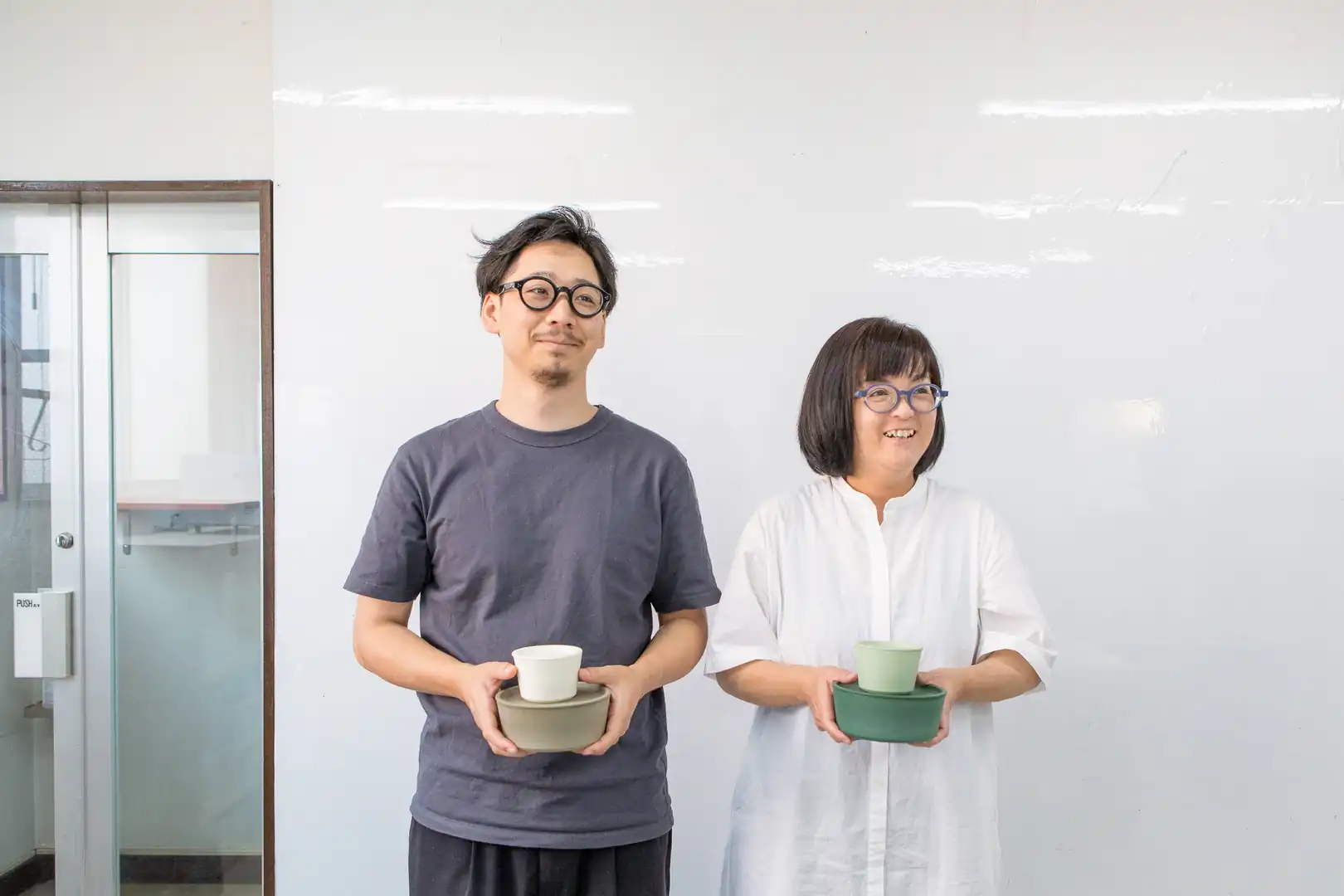
Design Expands the Potential of Resin (Part 1)
“I want to raise the value of resin!” The brand “9º” (Kudo) was born from these words, part of a conversation between a designer and an engineer who met at an exhibition. These containers, which can be used for cooking, were selected for the GOOD DESIGN BEST 100 in fiscal 2018. What underpinned this project was the desire for people to continue using plastic (resin) items, which are often thrown away, for all their usable life. How was the brand built? We asked Yoshiko Saito and Mikito Ichinohe of KaB DESIGN to give us some hints about how they developed their ideas from the smallest starting point into reality, despite twists and turns along the way.


